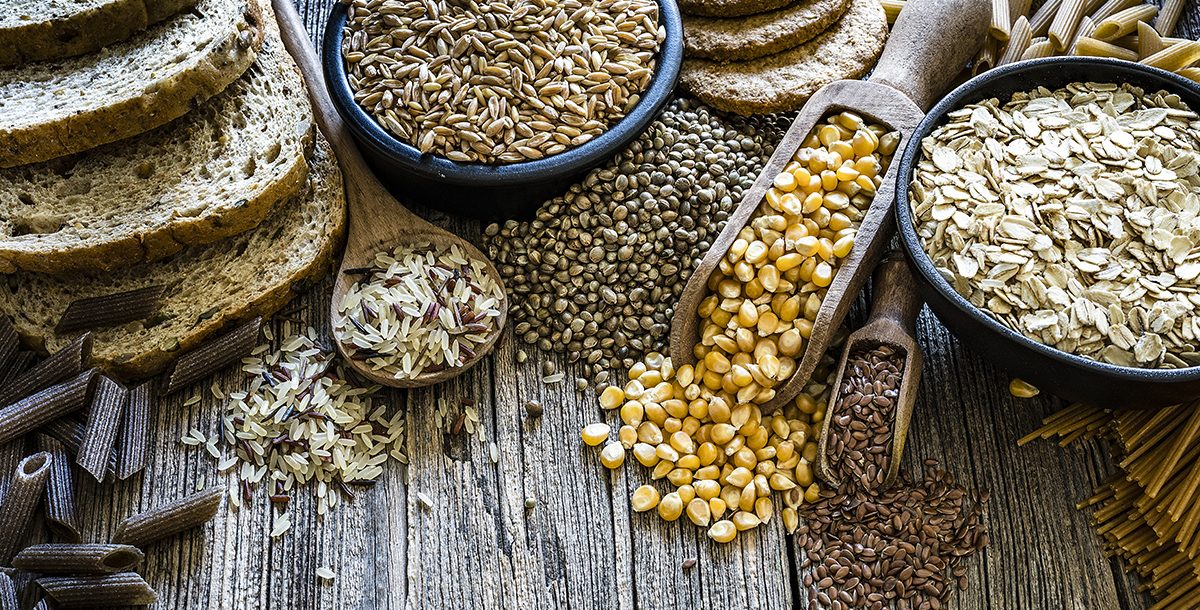Is it possible to maintain a nutritious diet without grains? Every day we see ads for cereals, rice, and other grain foods that tout health benefits, leading us to believe we can’t eat well without them.
Refined grain-based foods may offer vitamins and minerals, but one may also consume more carbohydrates and sugar than is necessary. For gluten sensitive people, foods like wheat-based pastas and breads can lead to headaches and digestive issues as well.
While the simple solution to treating a dietary issue like this would be to avoid foods with gluten, what do you do when cravings for spaghetti and pizza spike?
Whether you seek to lose weight or engage in a weight management program with reduced carbs, there are ways to adjust your meal plans to focus on foods other than grains, yet still enjoy dishes typically made with gluten.
Add more veggies
Vegetables are more versatile than you think. Next time you’re craving a heaping plate of fried rice, adapt your appetite. Grated cauliflower makes for a tasty rice substitute and offers B vitamins, antioxidants and fiber. Season it with your favorite low-sodium soy sauce and toss with chopped carrots and peas for a dinner that beats takeout.
Prefer Italian? Heat up ribbon noodles cut from zucchini or the innards of a spaghetti squash for delicious pasta substitutes that pair well with marinara.
Bake with alternative flour
Once we had to shop specialty food stores for grain-free flour. These days, most chain supermarkets carry flour made of almonds, cashews, chickpeas, and a variety of roots and nuts. Choose one that suits your sensitivities for bread, muffins and cake to enjoy.
Snack without grains
Dried, seasoned chickpeas satisfy the need to crunch if you’re avoiding pretzels. Crackers made with flax or seeds can support a dip as well as any saltine. Naturally, baby carrots and cut celery stalks are great to snack on when you need something to keep you moving between meals.
Learn more about the nutrition services we offer at Bon Secours.





